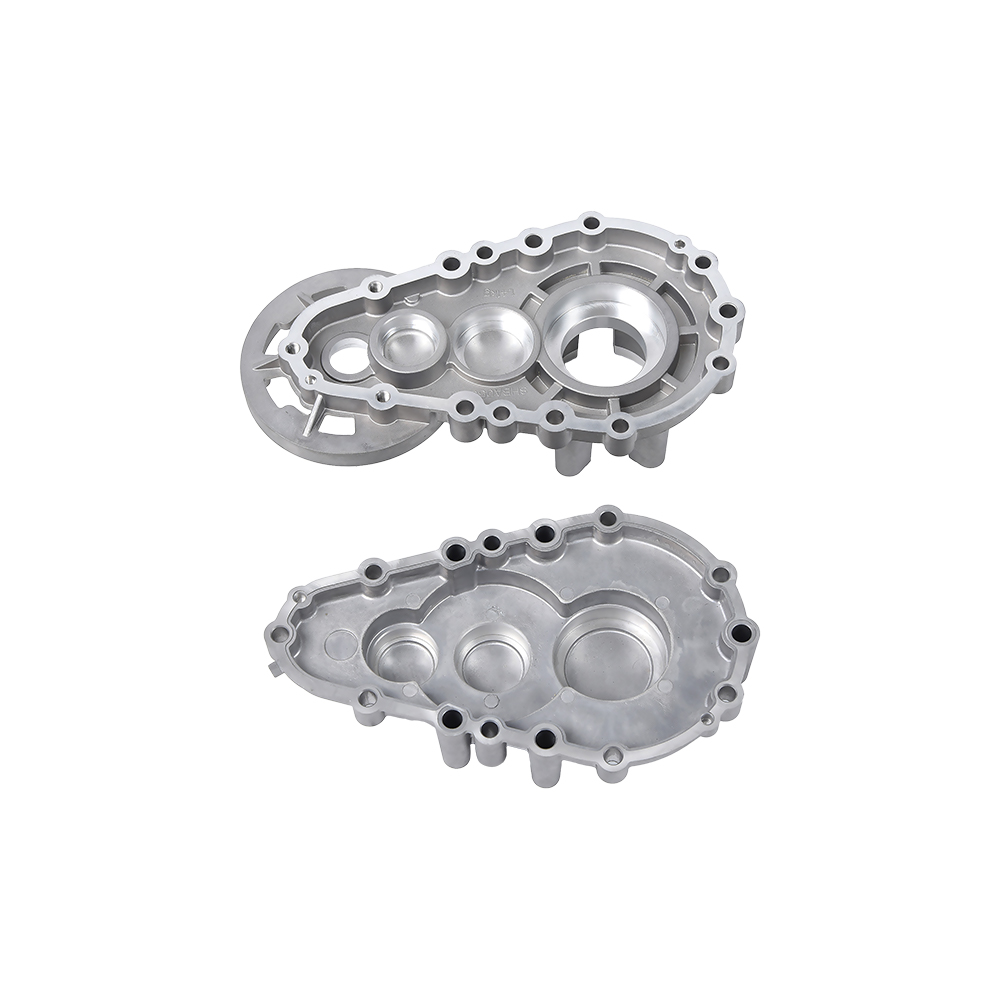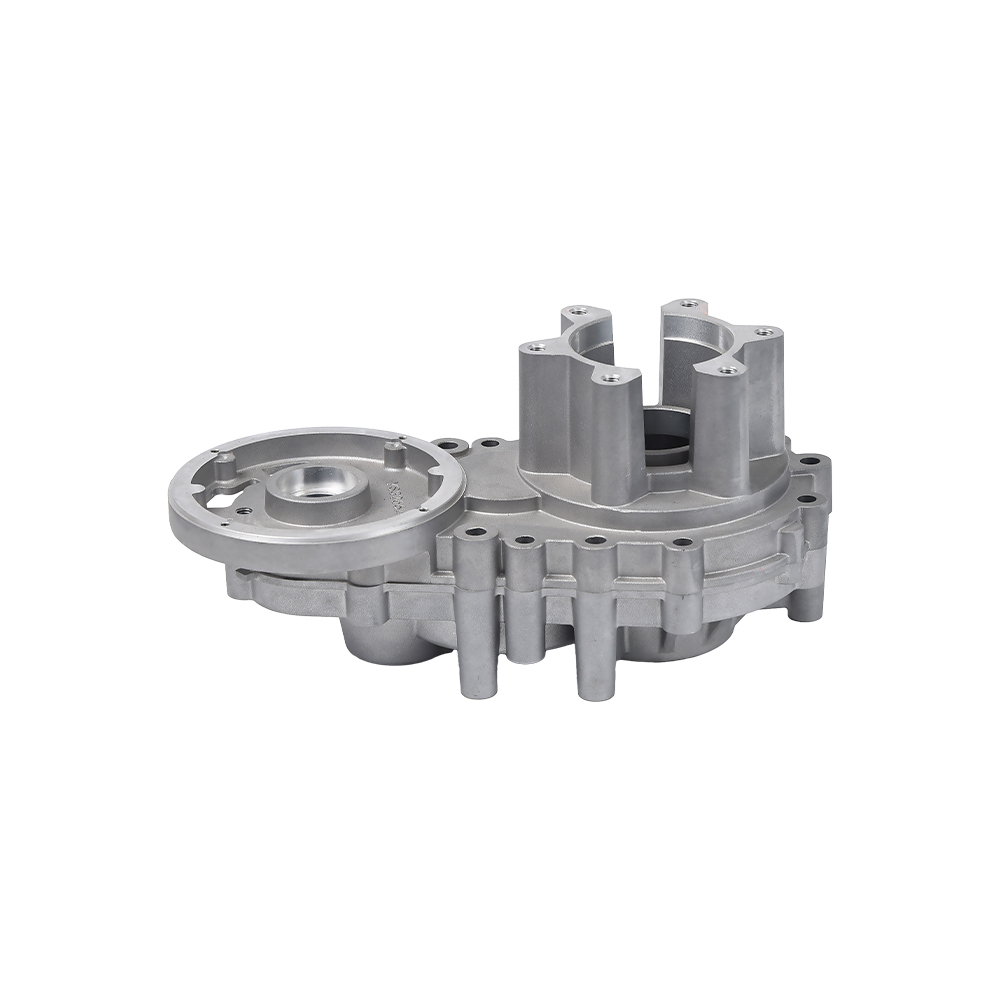The essence of lightweight design
Lightweight design, as the name implies, is to reduce the weight of the product by using lightweight materials and optimizing the structural layout. In the field of motorcycle gearboxes, aluminum alloys have become the preferred material due to their low density, high strength, and strong corrosion resistance. The application of aluminum die-casting technology has brought this advantage to the extreme, not only reducing the weight of the gearbox, but also improving its overall performance and durability.
The concept of turning radius
The turning radius is an important indicator for measuring the handling performance of a motorcycle. It refers to the maximum distance between the center track of the front wheel and the center track of the rear wheel during the turning process of the vehicle. This parameter is directly related to the flexibility and stability of the vehicle at low speeds and in narrow spaces.
The impact of lightweight design on the turning radius of motorcycles is mainly reflected in the following aspects:
1. Changes in mass distribution: With the lightweighting of key components such as the gearbox, the mass distribution of the entire vehicle has been optimized. Lighter weight means that when turning, the centripetal force required by the vehicle is reduced, which helps the vehicle complete the turning action in a smaller space, that is, the turning radius may be reduced.
2. Response of the suspension system: Lightweight design also indirectly affects the response speed of the suspension system. The lighter gearbox reduces the burden on the suspension system, allowing the suspension system to adapt to road conditions more quickly when the vehicle turns, providing more precise support and feedback, which helps the driver better control the vehicle's posture and further reduce the turning radius.
3. Driver's control experience: The improved control brought by the lightweight design allows the driver to feel more sensitive and precise control feedback when turning. This feeling not only improves the driving pleasure, but also enhances the driver's ability to deal with complex road conditions and emergencies. When the driver actively adjusts the vehicle's posture to reduce the turning radius, the lightweight design undoubtedly provides strong support for this process.
From the above content, it can be seen that the aluminun die casting motorcycle transmission case has a positive impact on the vehicle's turning radius. By optimizing mass distribution, improving the response speed of the suspension system, and improving the driver's control experience, the lightweight design enables the motorcycle to respond to various road conditions more flexibly and stably when turning, thereby improving the vehicle's control performance and driving safety. This change reflects the progress of modern motorcycle design technology and also brings a better driving experience to motorcycle enthusiasts.

 English
English русский
русский Español
Español










